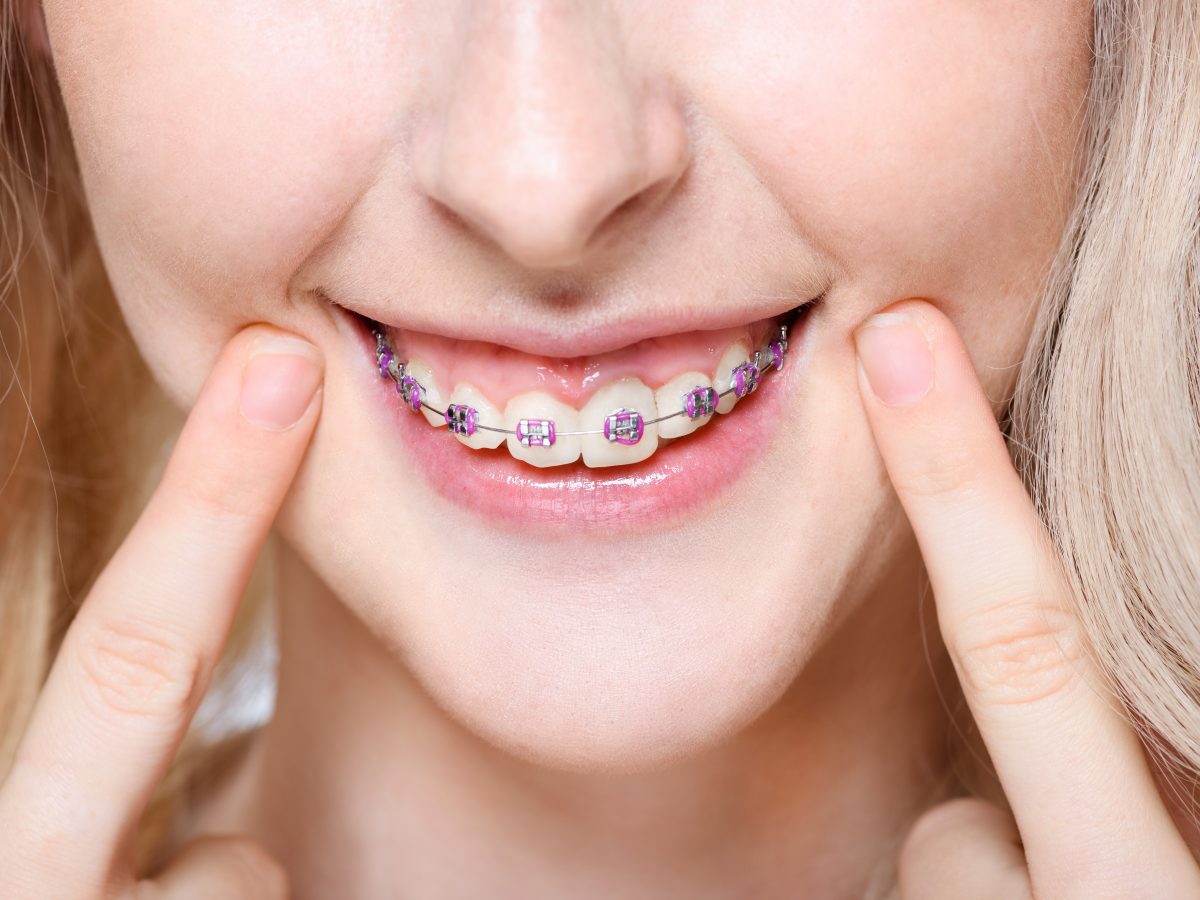Selecting the Best Cumming Orthodontics for Effective Braces and Aligners Solutions
Selecting the Best Cumming Orthodontics for Effective Braces and Aligners Solutions
Blog Article
Comprehensive Overview to Orthodontics Treatments for Fixing Oral Imbalances
Comprehending the complexities of each procedure, including their mechanisms, advantages, and possible downsides, is vital in making educated choices regarding one's orthodontic treatment. As we browse via the thorough overview to orthodontic procedures for correcting oral imbalances, the intricate details of each approach will unravel, losing light on the path toward a harmonious and useful dental placement.
Orthodontic Procedures Review

In enhancement to clear aligners and conventional dental braces, orthodontists may additionally recommend various other interventions like headwear, palatal expanders, or retainers to address certain alignment problems (cumming braces). These procedures are customized per client's one-of-a-kind needs and might entail a combination of treatments to attain the desired results. Routine changes and monitoring are vital parts of orthodontic treatment to guarantee development gets on track and to make any needed modifications along the means. By undergoing orthodontic procedures, people can not only achieve a straighter smile yet additionally improve their overall oral health and wellness and feature.
Typical Braces: How They Function
When taking into consideration orthodontic treatments for dental imbalances, conventional braces attract attention as a tried and true method for dealing with teeth positioning. Traditional dental braces include braces, cables, and bands that interact to use constant pressure on the teeth, slowly moving them right into the desired placement. The brackets are affixed to the teeth utilizing an unique adhesive, and the cables are threaded via the brackets. By readjusting the tension of the cords, orthodontists can manage the instructions and force applied to each tooth, assisting them into appropriate alignment gradually.
As stress is used to the teeth via the dental braces, the bone bordering the teeth is improved to sustain the brand-new tooth placements. People will certainly require routine adjustments at the orthodontist's office to guarantee the braces continue to apply the correct pressure for effective teeth movement.
Invisible Aligners: Advantages And Disadvantages
These clear, custom-made trays are basically undetectable when worn, making them an enticing choice for individuals looking for a more cosmetically pleasing orthodontic treatment. People can eliminate the aligners before consuming or brushing their teeth, minimizing the risk of food obtaining stuck in the appliance and streamlining the cleaning procedure.

Surgical Orthodontic Options
Surgical treatments in orthodontics present viable options for dealing with complicated dental misalignments that may not be efficiently fixed with traditional orthodontic therapies. While undetectable aligners and standard braces can fix numerous orthodontic issues, certain cases call for medical treatment to accomplish optimal results. Surgical orthodontic alternatives are commonly advised for serious malocclusions, considerable jaw discrepancies, and cases where the underlying bone framework requires adjustment to achieve correct placement.
One typical surgical orthodontic treatment is orthognathic surgical procedure, which includes repositioning the jaws to correct useful concerns such as problem speaking or here eating. This surgical treatment is usually performed in partnership with an orthodontist who aids line up the teeth before and after the procedure. Surgical orthodontics may additionally entail procedures to reveal affected teeth, get rid of excess periodontal tissue, or improve the jawbone to create a more unified facial account.
Before taking into consideration surgical orthodontic alternatives, individuals undergo a comprehensive examination to identify the need and potential advantages of such interventions. cumming orthodontics. While surgery might appear daunting, it can substantially boost both the function and appearances of the smile in cases where standard orthodontic therapies fail
Retainers and Post-Treatment Treatment

Post-treatment care includes adhering to the orthodontist's instructions vigilantly. This may consist of correct oral hygiene practices, going to follow-up consultations, and putting on the retainers as prescribed. Failure to abide by post-treatment care directions can cause regression, where the teeth progressively move back towards their original positions. Constant retainer wear, great oral health, and routine oral examinations are crucial for keeping the outcomes achieved via orthodontic surgery dental dentist and ensuring the long-term stability of the fixed dental alignment.
Verdict
In verdict, orthodontic treatments use different options for correcting oral imbalances. Conventional braces make use of metal brackets and cords to move teeth into proper placement. Undetectable aligners offer a more very discreet option but might not appropriate for all cases. Surgical orthodontic choices are available for extra serious misalignments. Retainers are generally utilized post-treatment to maintain the brand-new positioning. Overall, orthodontic treatments can effectively improve oral health and wellness and visual appearance.
As we browse through the detailed guide to orthodontic procedures for dealing with dental imbalances, the intricate details of each approach will unfold, dropping light on the course toward a practical and unified oral alignment. - invisalign
One of the most usual orthodontic therapies is the use of braces, which are composed of steel brackets and wires that apply mild stress to progressively shift teeth into the preferred placement.When considering orthodontic treatments for dental imbalances, typical dental braces stand out as a time-tested method for remedying teeth placing. In addition, invisible aligners may not be suitable for complex orthodontic problems that need even more considerable teeth activity, as they are commonly recommended for mild to moderate cases. Retainers are custom-made orthodontic devices developed to hold teeth in their fixed settings after the completion of orthodontic treatment.
Report this page